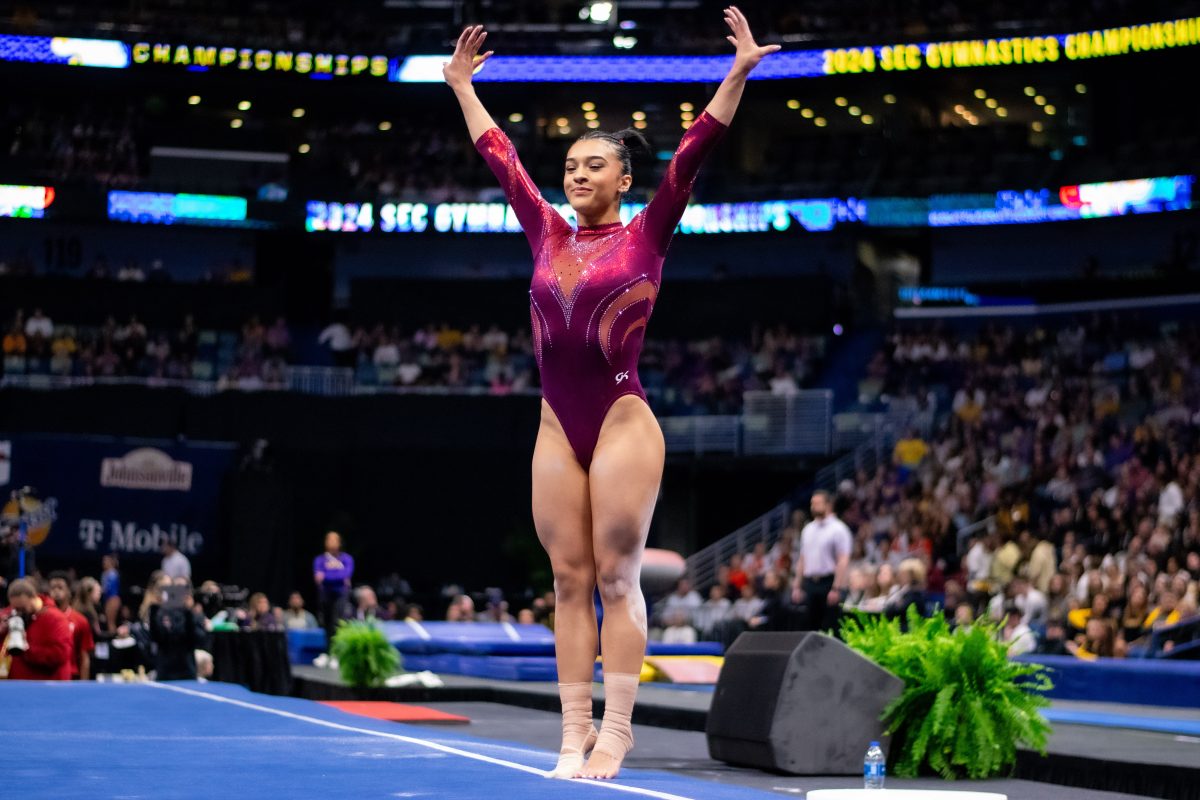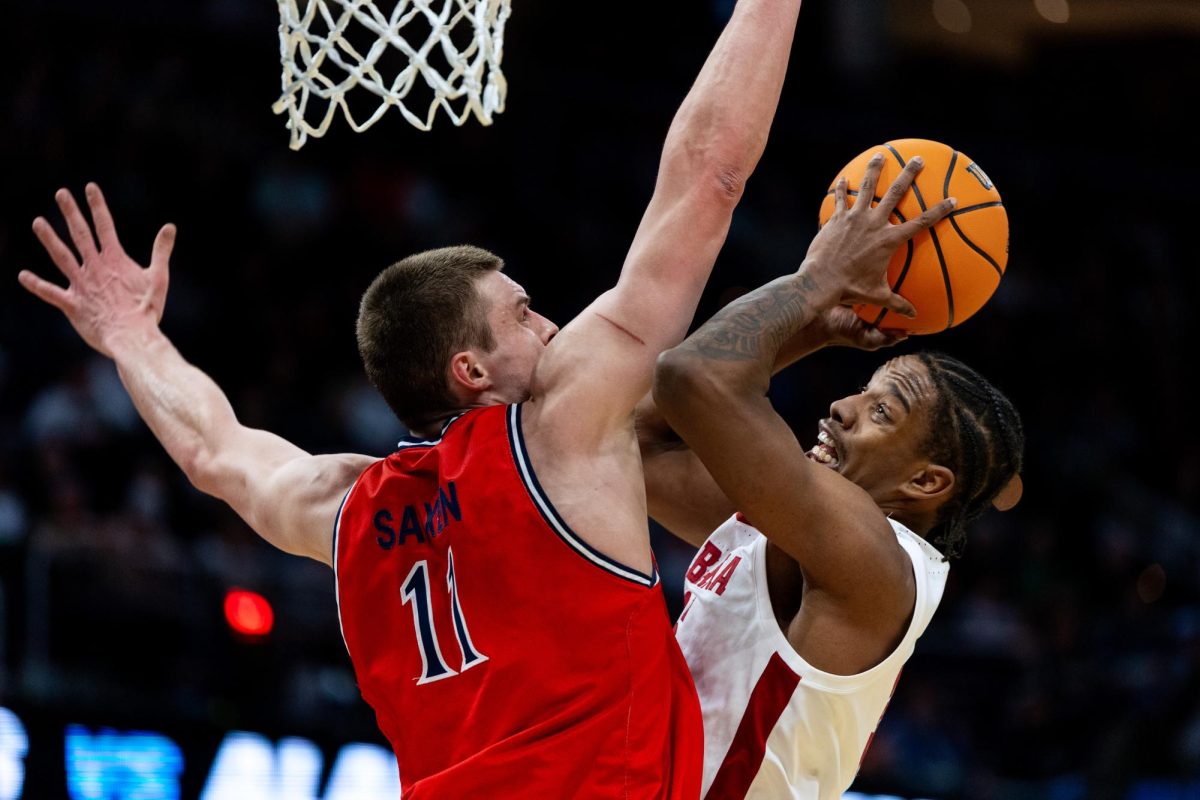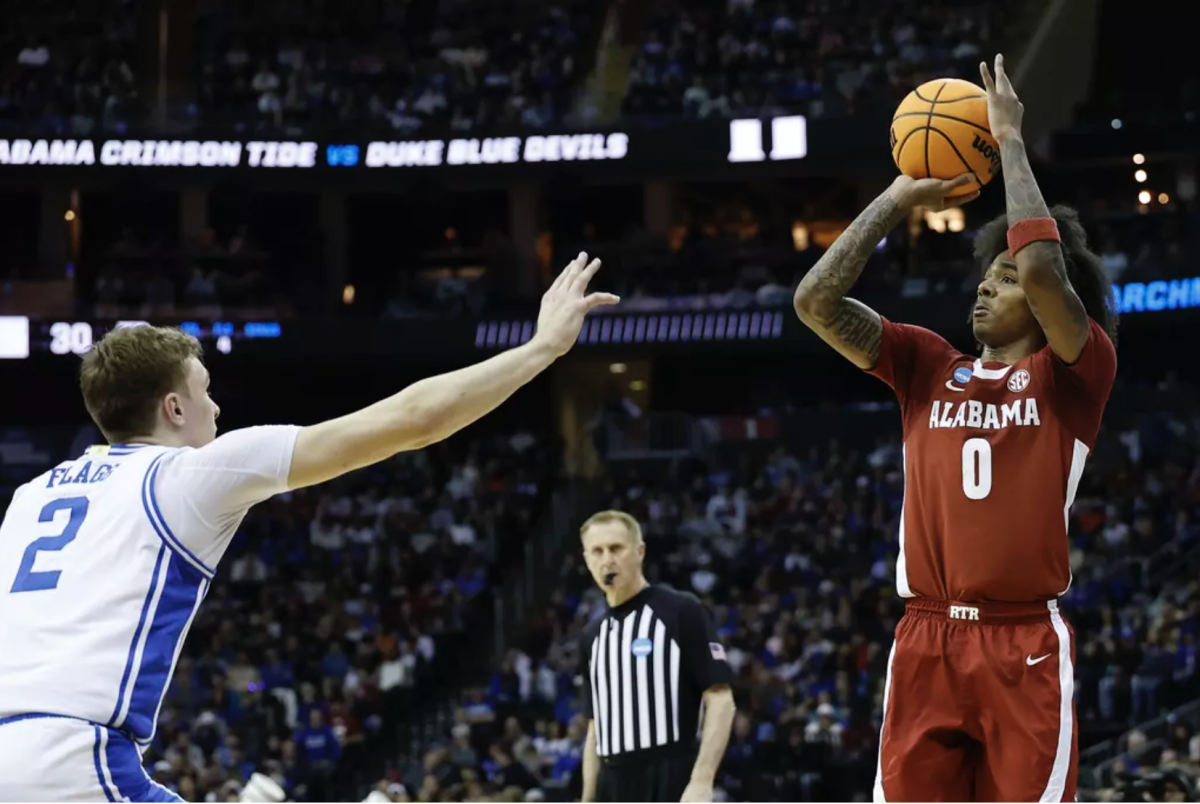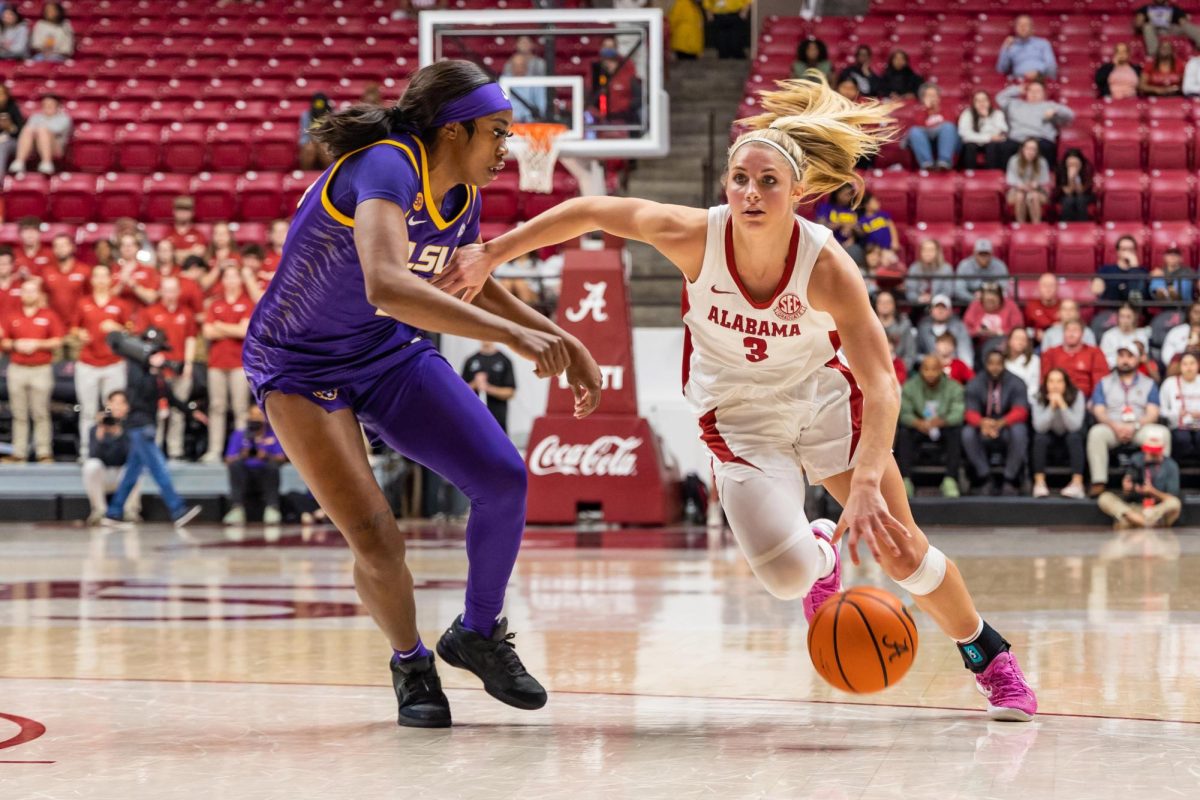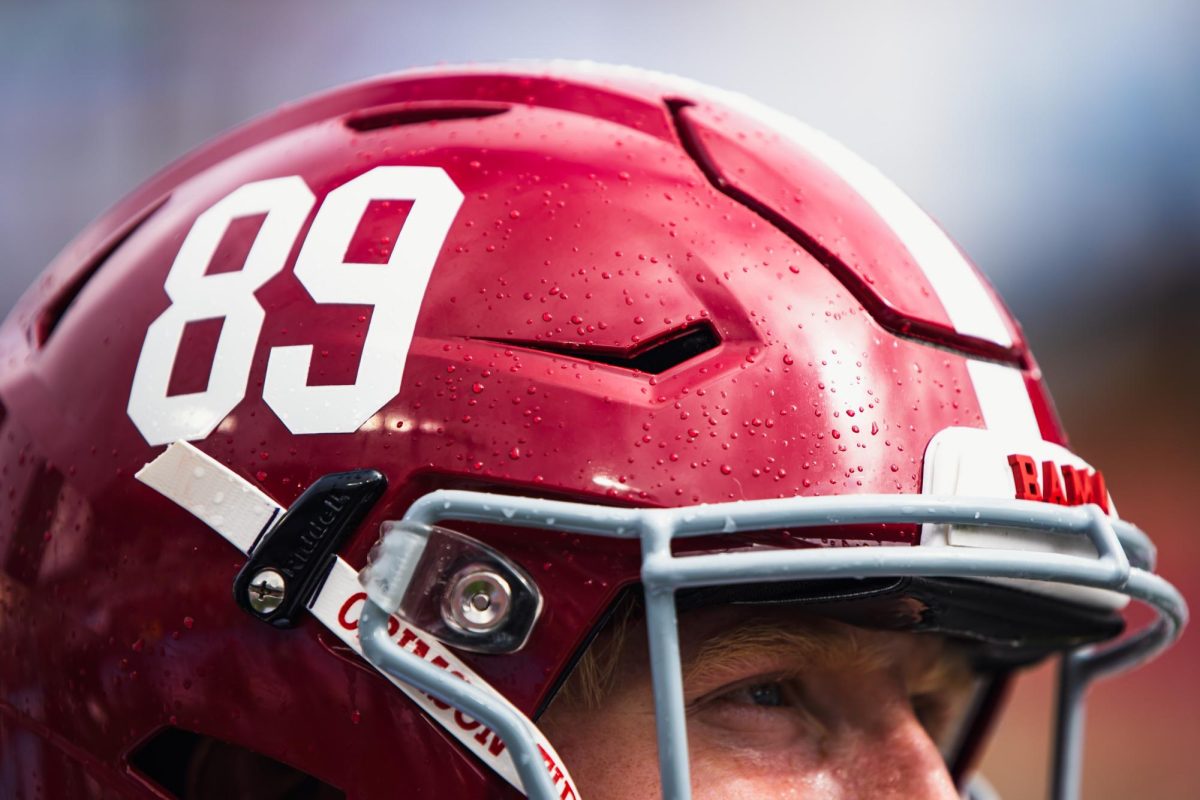As Alabama fans watch former gymnasts Luisa Blanco and Shallon Olsen compete for Olympic glory with Team Colombia and Team Canada, respectively, it’s important to know the differences between collegiate and Olympic gymnastics. While the changes may seem small in theory, they change the nature of the competition at each level.
Blanco qualified to compete for Team Colombia after competing in the Pan American games that took place in Santiago, Chile, in October 2023. At the end of the games, Blanco placed eighth in the all-around and was the highest scoring eligible competitor at 50.0999 points.
“It’s literally the biggest thing that I can come out here and represent where my parents are from and where my family’s from. I’ve grown up Colombian my whole life,” Blanco said to Olympics.com.
Blanco has competed collegiately for the last five years but is competing elite at the Olympics. To compete at the elite level, which is the top level a gymnast can achieve, athletes must qualify through a series of national championships. The best elite gymnasts go on to compete in international competitions, such as the world championships and the Olympic Games.
During this time, many changes ensue for the athlete. While the NCAA bylaws dictate that gymnasts can’t be required to practice more than 20 hours a week given their dual responsibilities to school and athletics, elite gymnasts practice upwards of 30 hours a week.
Scoring
One major difference college gymnastics fans will see when watching the Olympics is the scoring. In collegiate competitions, gymnasts are scored out of 10 points by one panel, while at the elite level there are two panels of judges; one panel scores difficulty, and the other scores execution. The combination of the execution and difficulty scores make it so elite gymnasts can score higher than a 10.
Execution is based on a 10-point scale and can have points deducted based on stumbles, failed handstands and other lapses. The difficulty portion is scored differently: The score starts at 0 and gets points added based on the technical content of the skills performed.
To gauge a routine’s difficulty score, judges add up the values, as assigned by the Code of Points, of the gymnast’s top eight hardest skills performed. To receive the points, the athletes must execute the skill as described.
“You can have a higher start value, be a little sloppier and still score higher,” former Alabama gymnast Emily Gaskins said of scoring in elite gymnastics to Tuscaloosa News in 2019.
Olsen has competed for Team Canada in the 2016, 2020 and now 2024 Olympics, earning a spot in the vault final in all three and in 2024 helping Canada qualify for the Olympic Team Final for the first time in 12 years.
In 2019, Olsen was a freshman and was competing as a college athlete, but she was focusing on the bigger picture.
“Even though I’m doing a little bit easier skills here [Alabama], it’s going to pay off,” Olsen told Tuscaloosa News. “Because paying attention to the little details is going to make the gymnastics, in my opinion, just look prettier so then I won’t have to get as many deductions on my flexed feet or my bent knees. In elite, I always got dinged a lot on those mistakes.”
On July 28, Blanco scored a 51.698 in the all-around to secure a spot in the women’s all-around finals forging her spot in the final for the first time in Team Colombia history. Blanco’s all-around career best at the collegiate level was 39.85. With elite gymnastics having an open-ended scoring system, Blanco can score higher than was ever possible in college.
Routines
Since elite gymnasts are scored on how difficult and how technical their routines are, fans should expect to see some harder moves.
The length of routines also changes between elite and collegiate gymnastics. Elite gymnasts usually have longer routines due to the need for an increased difficulty level, according to an article by the NCAA on scoring.
On the floor, college gymnasts will have a few dance elements built into their routines since there are not built-in difficulty points gymnasts need to get a competitive score.
Since elite competitions demand more technical skills from a gymnast, the switch from competing as a college athlete to an elite athlete can be difficult.
Oregon State gymnast Jade Carey is one of three on the current Olympics squad that has the opportunity to compete at both a collegiate and elite level. Carey headed to Paris to compete in her second Olympics and won her first gold medal in the Women’s Artistic Team All-Around.
“I feel like not working as many elite routines during the season, I didn’t feel strong enough or confident enough in my elite routines,” Carey said to Olympics.com. “Because I didn’t have that strength and endurance like I did before.”
Alabama fans can see Blanco in the all-around final on Aug. 1 at 11:15 a.m. on NBC and Olsen on Aug. 3 in the vault final on Aug. 3 at 9:20 a.m. on Peacock.
Editor’s note: This story has been updated to correct a misspelled name.



